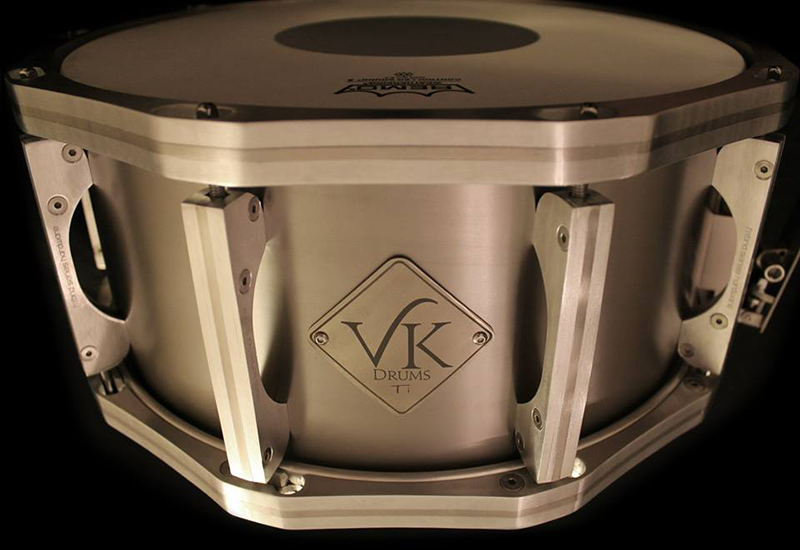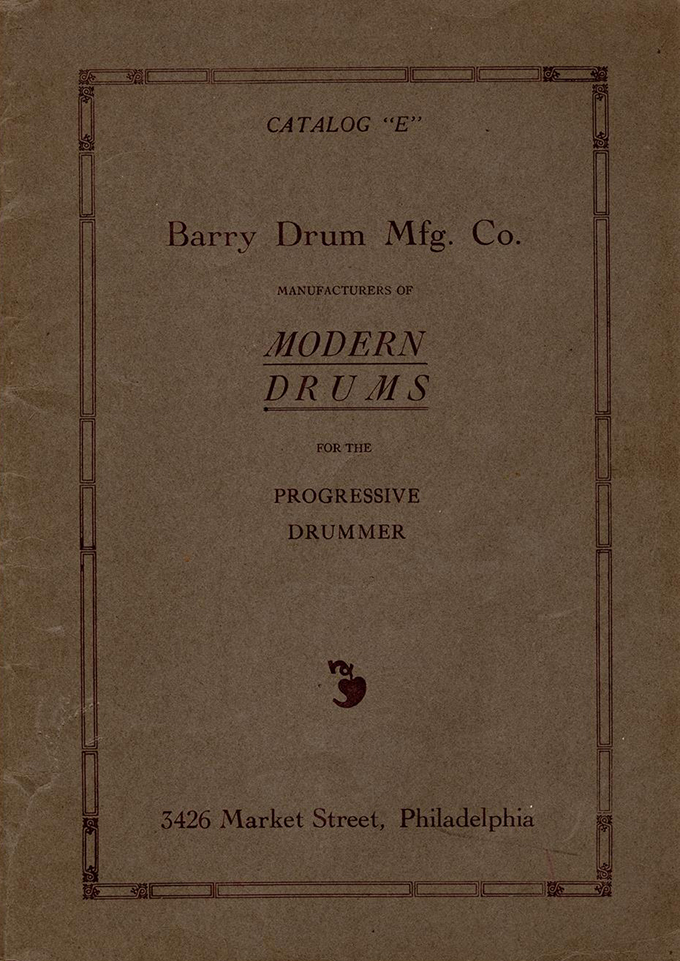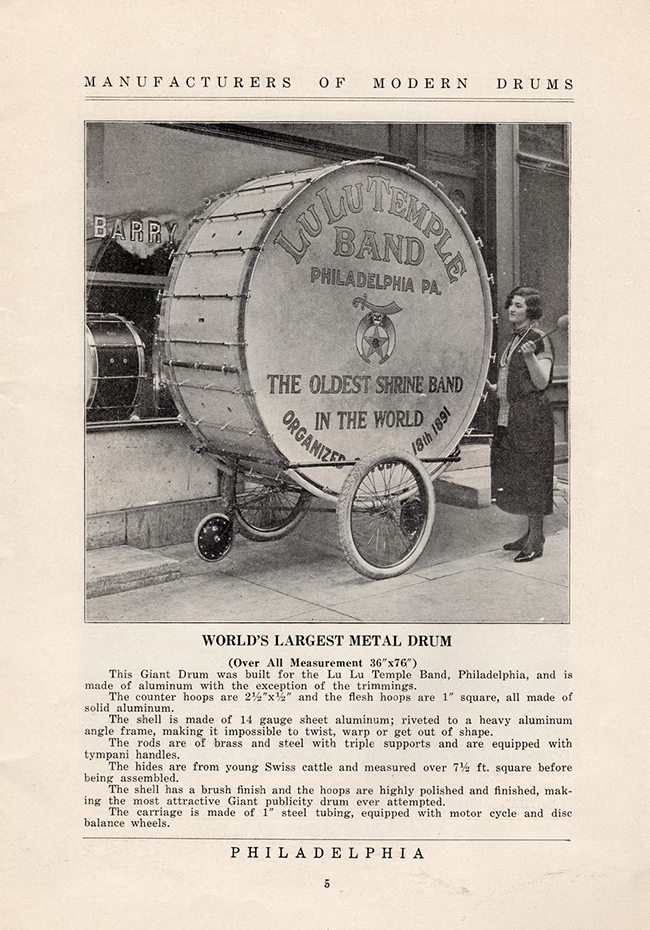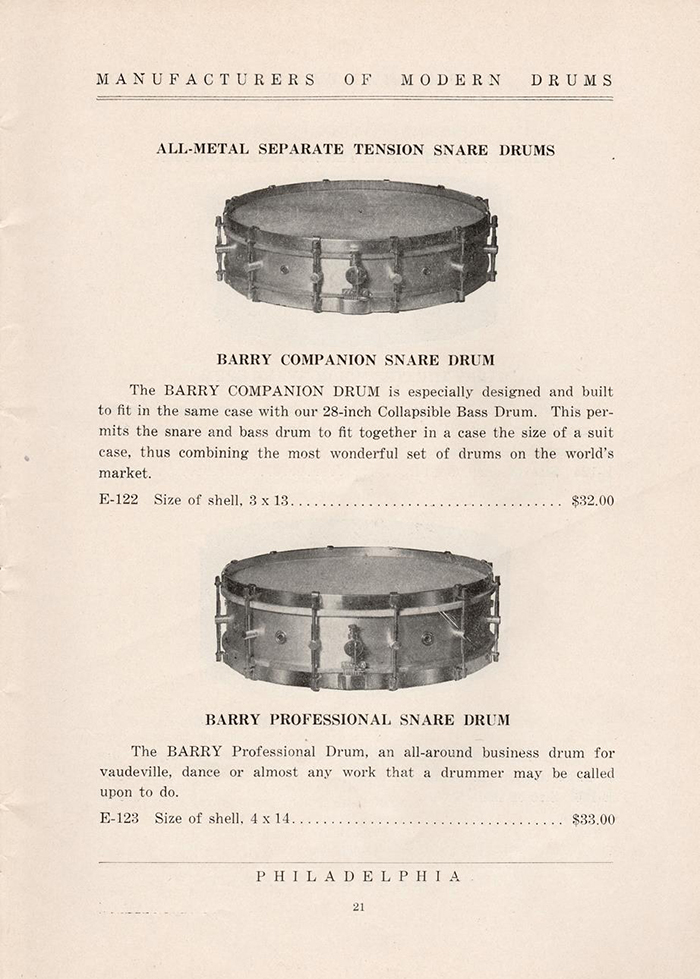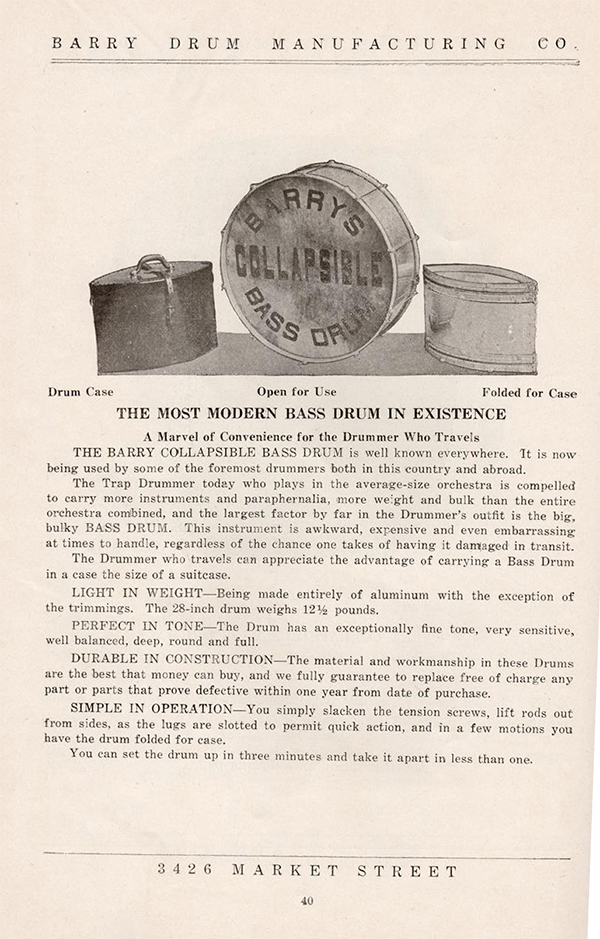This is the latest from the VK workshop, a 14 x 6.5 grade 1 titanium snare with aluminium / stainless steel (centre) lugs and quick release hoops. This drum also has a titanium throw, titanium Vkey, butt plate and badge.
Read moreMBW Drums 6.5x14 Aluminum Snare
Even though this is a review drum in this issue, we couldn't keep it from being the Custom Drum of the Month! Read the review here: http://www.notsomoderndrummer.com/website/product-reviews/mbw-drums-sleeping-beauty-6-5x14-aluminum-snare-drum/
MBW Drums Sleeping Beauty 6.5x14 Aluminum Snare Drum
What separates one drum builder’s instrument from another? We used to say it was unique lugs or a unique badge, but there are so many independent drum builders out there now and so many drums on the market it is getting hard to tell them apart. So it always comes down to tone, doesn’t it? How does the drum sound? How does it feel to play it? Is it just another pretty face or does it stand out from the crowd when you hit it? Does it light up the eyes and the ears? Michael Bouvier of MBW drums has a new model that is one of the best sounding snare drums I’ve ever heard, and it’s also a beauty; a “Sleeping Beauty”.
The 6.5 x 14 shell is a thin aluminum straight cylinder with no bearing edge flanges. The bearing edge is a single forty five degree cut to the inside with a slight round over on the outside. The snare beds are deep and wide which cuts down on buzzing.
The finish on the shell is classy and elegant - weathered aluminum with copper vein patina. It’s a completely hand finished effect. No two will be exactly alike. The hardware is all brass; 2.5mm brass single-flange hoops, full length brass tube lugs and a George Way type, hand turned brass beer tap throw off with détente tension settings, all weathered by hand and sealed to protect the finish. The aging and weathering of the finish is so realistic that, at first glance, this drum appears to be a very old vintage drum.
Sound: When I first started tapping and hitting this “Sleeping Beauty” snare drum, I thought I might be over reacting because it was the first drum I had heard that day. It sounded phenomenally great but I wanted to be sure of what I was hearing. So I went around the Drum Room and hit some of my first string and holy grail snares as a point of reference.
My ears were not deceiving me. This drum has some serious, serious tone and it is elegantly beautiful to boot. Several of my pro students came in a little later and had the same reaction and opinion.
I don’t like to use over used words like “crack”, “loud”, etc. to describe drum sounds. The first word that came to mind with this drum was “rich”. The fundamental tone is very evident with a nice blend of shell overtones and just enough head ring to give it a little sustain, even with the Evans Dry head. Combined with its very even snare response, it produces a nice throaty “honk” that I like to hear out of a metal drum. Rim shots have a nice, tight pop or snap to then. The snares responded perfectly from the center to the edge of the head. It came tuned to a medium high note and was very easy to tune down into the “fat” tuning area. Nice big, low sound at that low tuning. The very high tuning was very good – no choking and it gave a nice loud report when I laid into it at triple forte. The drum feels really good to the hands. It is a pleasure to play.
I have a drum track overdub recording session tomorrow in the Drum Room with a name artist and this will be the first snare I will pull out. It would surprise me if they want me to change it out for something different. I’ll report back about that.
The judges’ decision? A solid ten. This “Sleeping Beauty” (love the name) is a keeper. This one is already sold and I am going to miss this one when I have to give it back. I might have to buy one of my own. I really think this falls in the category of a “go to” drum. Each drum will ship with and Evans HD Dry batter, Evans 300 Hazy reso and Puresound Super 30 wires. The snare I reviewed is a 6.5x14. Any size of this model, form 5x14 – 8x14, is sold for $795 shipped anywhere in the continental US.
Additional charges may apply for overseas. Michael says these he has these shells made in any size all the way up to bass drum diameters. Pricing varies on the snares depending on other diameters.
Contact Information:
Michael Bouvier at MBW michael@mbwdrums.com www.mbwdrums.com
Barry Drum Company
I have a Facebook friend from Norway, who is a freelance writer of automotive stories and a drummer who really loves to find Barry drums. He has written to me about them, and I have been on the lookout for great examples for him. So, let’s talk about Barry drums today and their Catalog E. This Philadelphia based company was formally known as the Barry Drum Manufacturing Company and look at the rest of the catalog’s title..”Modern Drums for the Progressive Drummer.”
The Barry claim to fame was the far reaching use of aluminum as a shell material.
As drum production geared up after World War I ended, most the manufacturers used maple, walnut or mahogany for drum shells. Barry offered wood, but they showcased aluminum, using a manufacturing process for it that had been invented in the 1880s.
The inventor misspelled aluminium, and while Americans continue to say aluminum, and leave out that last letter “i“, everybody else in the world, uses the British pronunciation..Since the 60s, we have had aluminum as an available snare drum shell, but, founded in 1919, Barry made snare drums, marching drums and bass drums from aluminum, and their trademark product was the Collapsible Bass Drum. More on that in a minute.
Barry aluminum shells normally had black or white lacquers or a satin finished clear coat, but I have also seen purple, and it looked original.. Parts were nickel plated—or gold plated. Their shell was described as die cast in one piece and the snare drums had twelve rods with air vents between each one, except for the panel with the strainer. The hoops were straight, not flange and collar hooks were used.
The Barry catalog features pedals and accessories by Barry, Leedy and Ludwig, but all the drums were from Barry. There is no mention of a solid wood shell, and, specifically, there is mention of laminated wood shells. The strainer was a unique looking piece that we picture—a round middle section and a downward locking throw arm—very compact and without vulnerable linkages and rivets.
Ah, but they had what traveling drummers needed. If you were playing in the mid 1920s, you would not have had an automobile. You were destined to ride a street car or trolley and you might have had to stand. Barry saw a niche.They created the “Collapsible Bass Drum” in three diameters. In those days,most drummers played 28 or 30 inch monsters, and, carrying them around in mackintosh bags, did little to protect the valuable cargo, already difficult to manoeuver. William A. Barry invented a 12 1/2 pound bass drum that could be taken apart and folded into a neat small elliptical shaped case.
Even the drum heads were foldable and the hoops were hinged. A player could use two cases and carry his bass, snare, cymbal, stand, pedal traps and holders, and still get on the trolley without problems.
I think we see more Barry snare drum survivors than the Collapsible Bass Drums, although they must have influenced Leedy and Walberg in the 20s to create carry all wooden bass drums that turned the instrument into a case by being hinged in the middle. The doom factor for the Barry bass drums was getting replacement heads easily.
The Catalog E. endorsers were East Coasters and two of them show up later with bigger companies. Jess Altmiller of the Fox Theater in Philly gets prominently featured with Slingerland and Benjamin Podemski, of the Philadelphia Symphony, became a Leedy endorser.
The snare drums have a crisp sound and they do turn up with some frequency. I have heard that Barry Manufacturing survived to the late 1930s, so there were 20 years of production, but I have not seen a catalog later than E, nor have I ever seen Barry tom toms. I wouldn’t be surprised if we found that Barry had a retail outlet in Philadelphia, since there is a picture of a plate glass window with their name in large letters. I can see two drums in the window, but the rest is blocked by a shot of the world’s largest metal drum, made for a local Shrine band. This possible retail side may have been what helped them to survive after the Collapsible Bass had seen it’s day.

